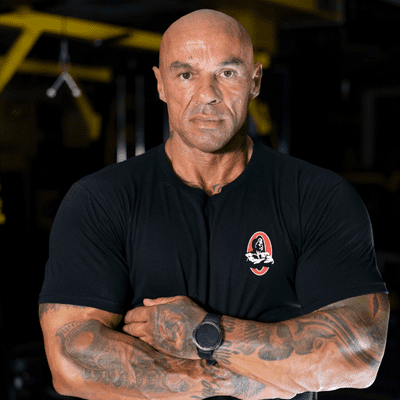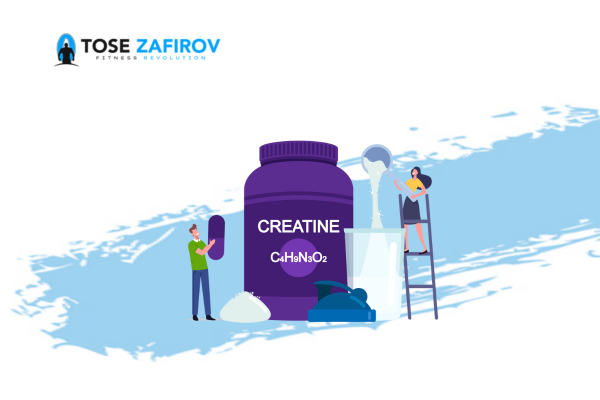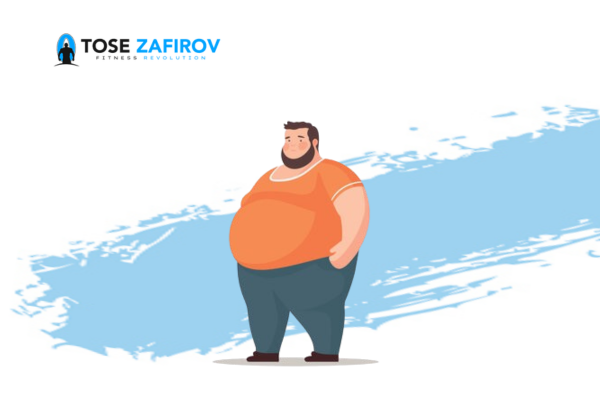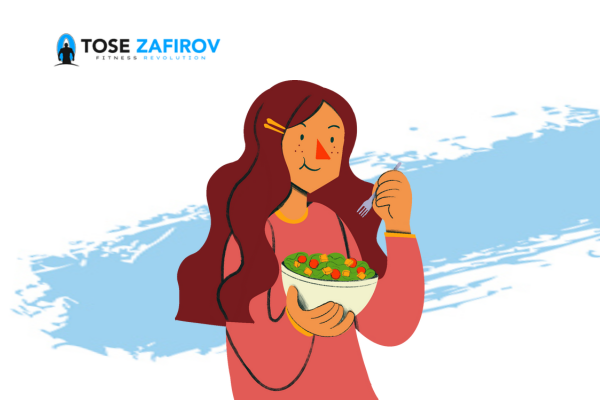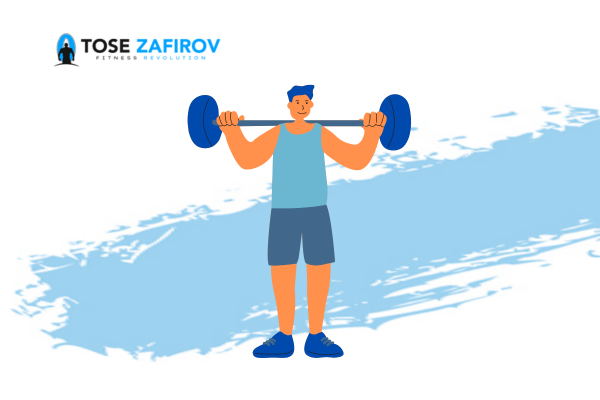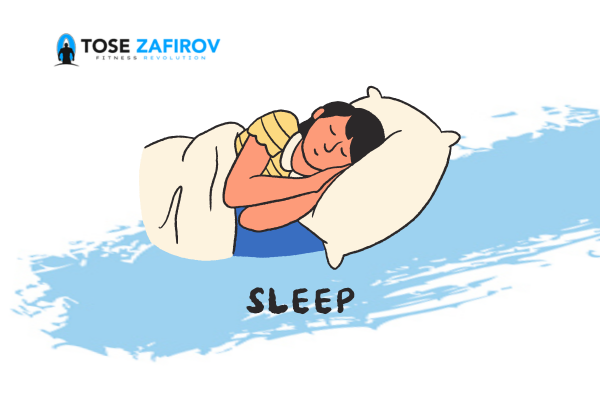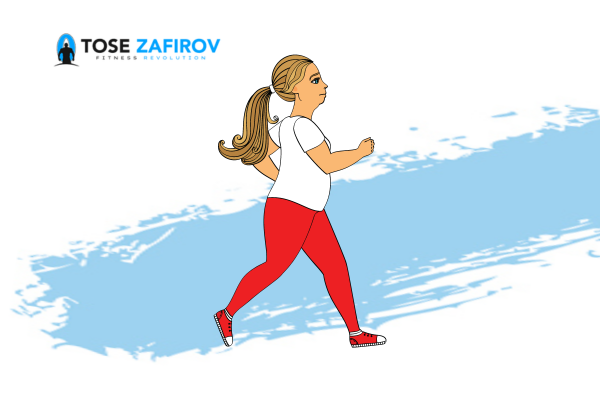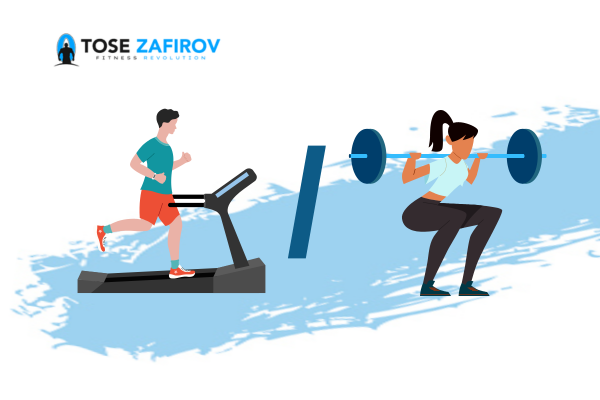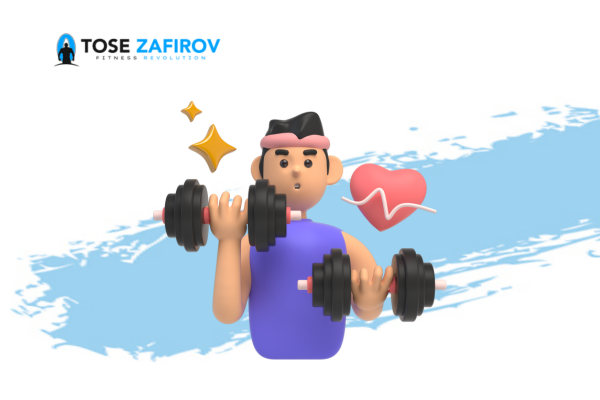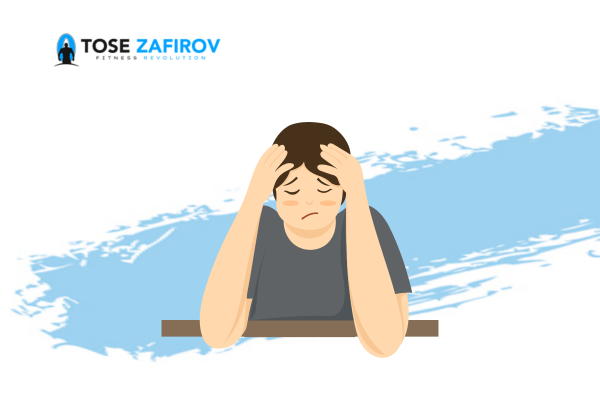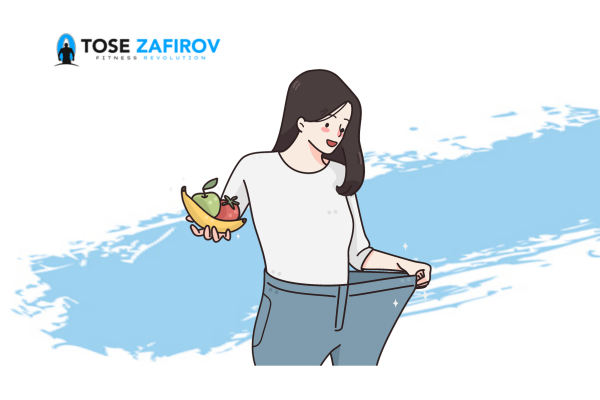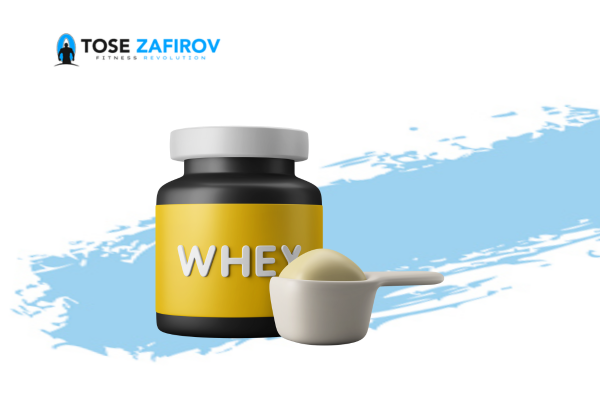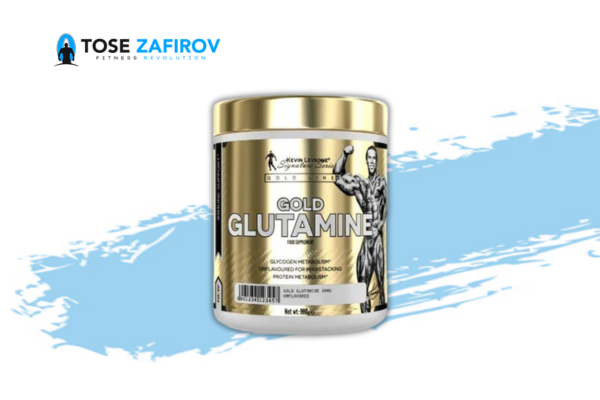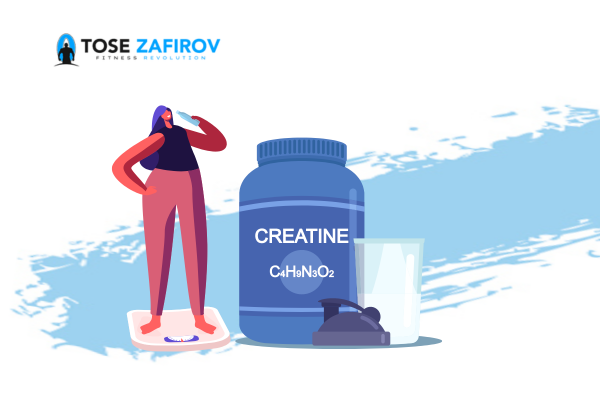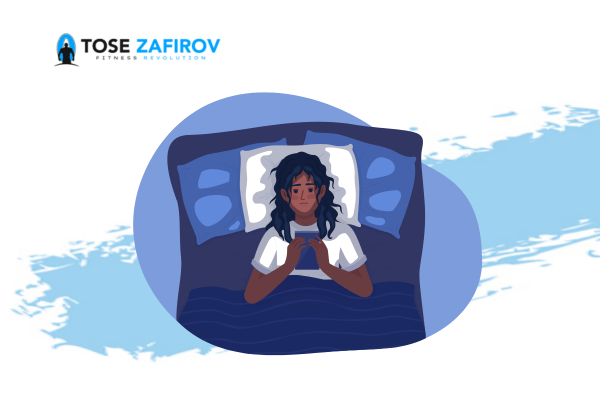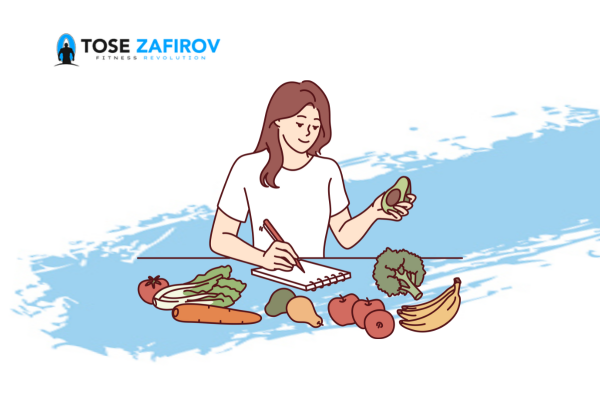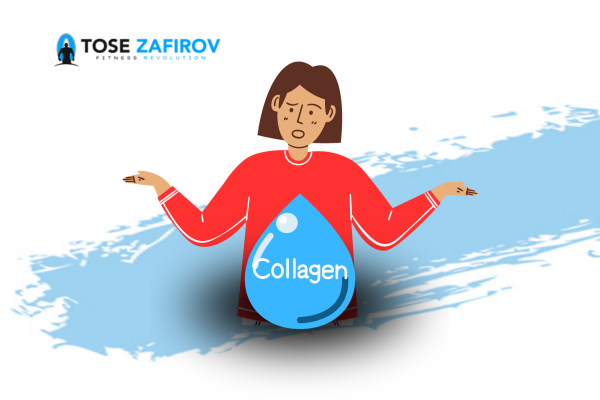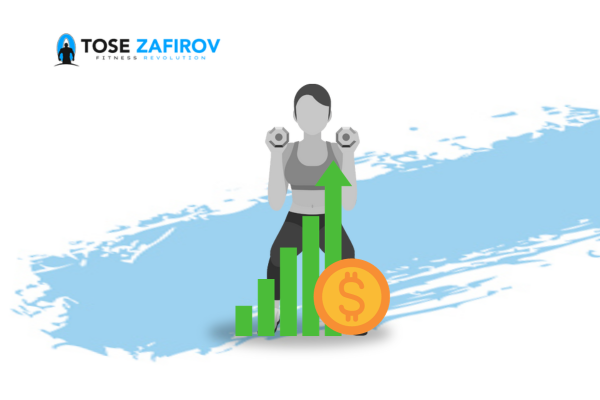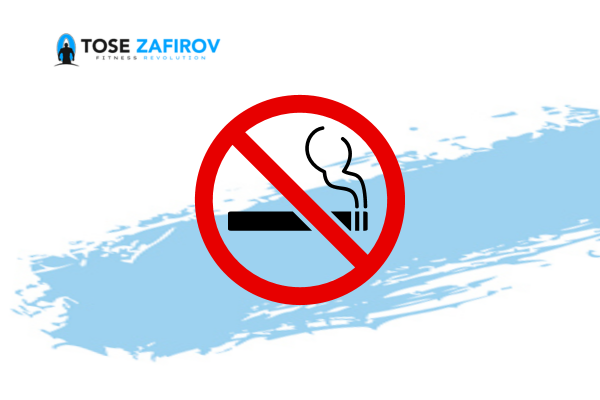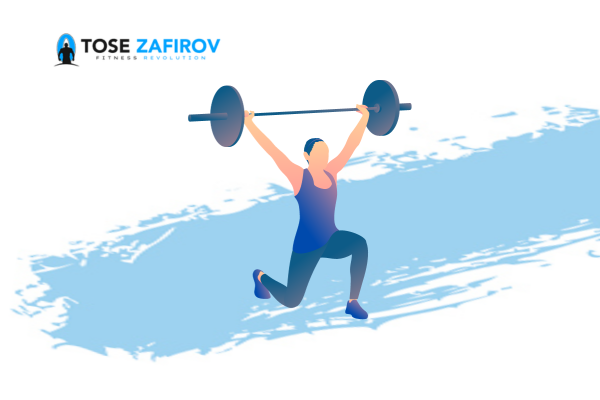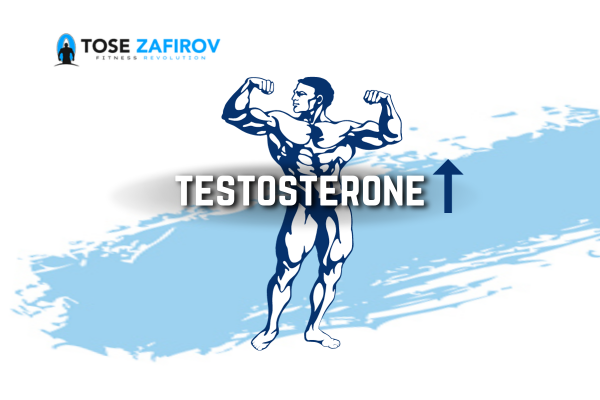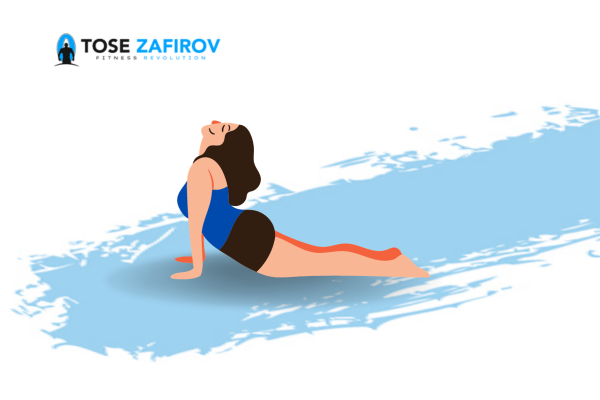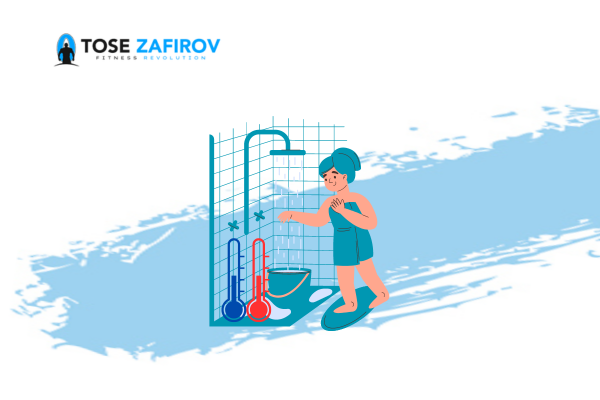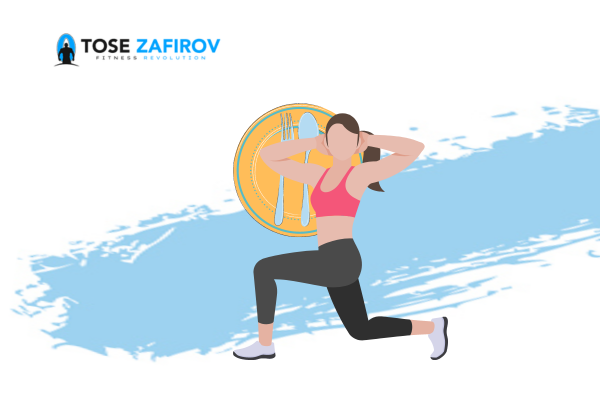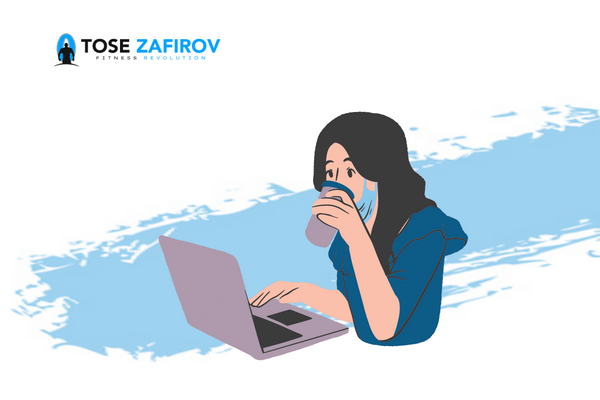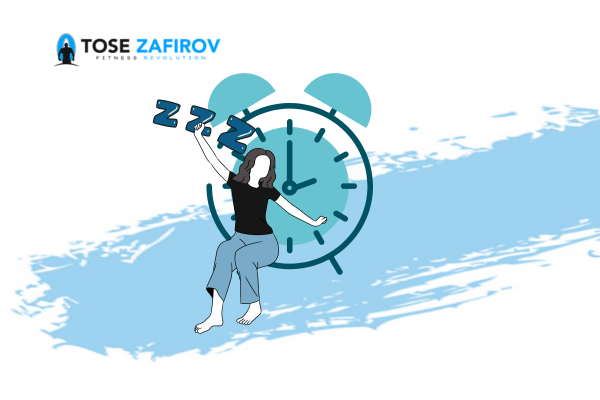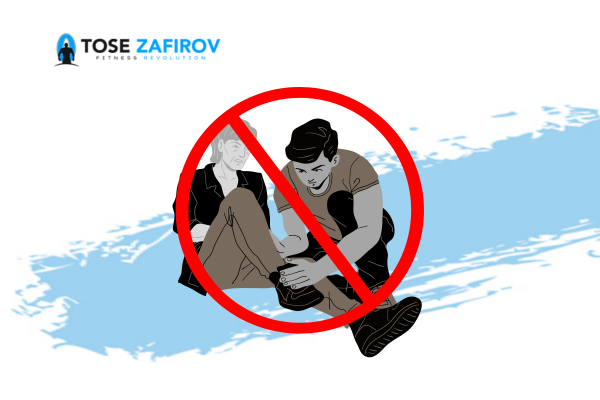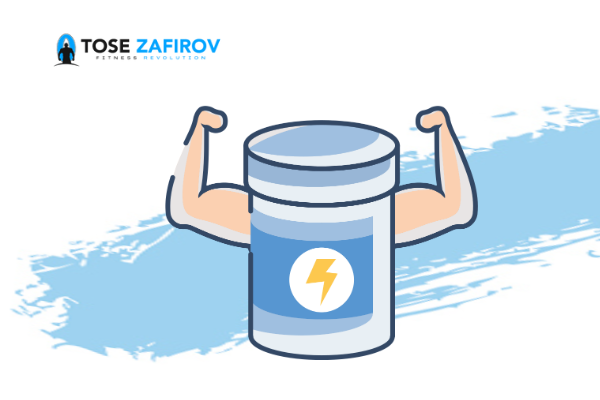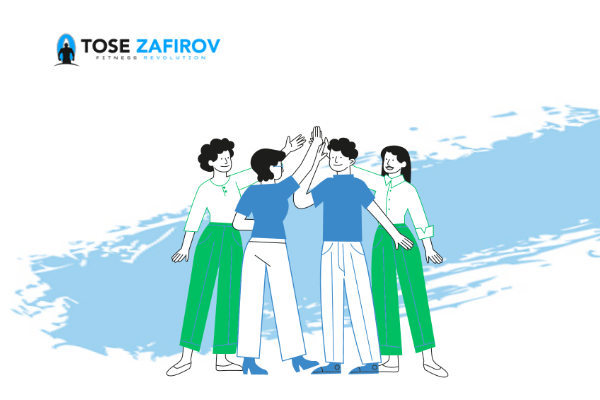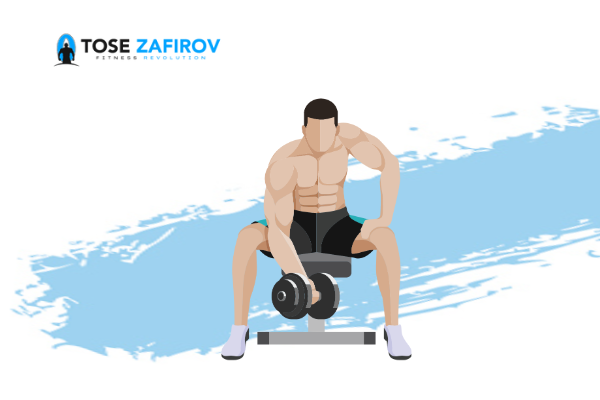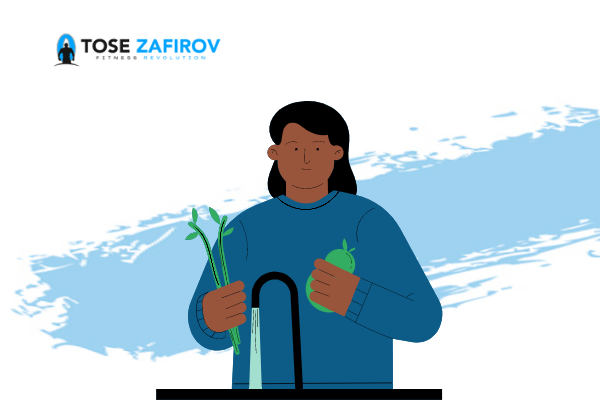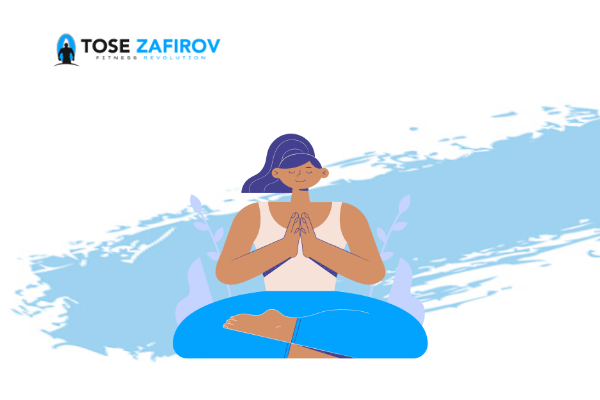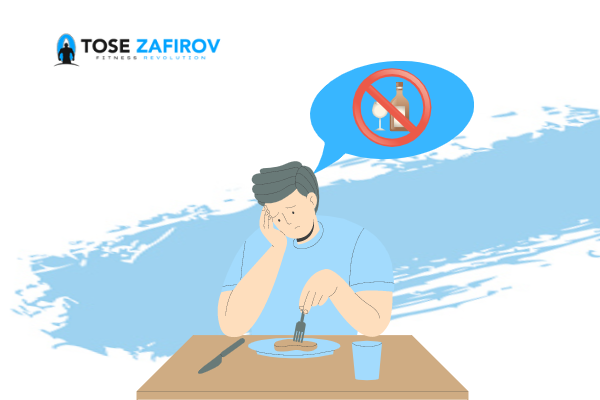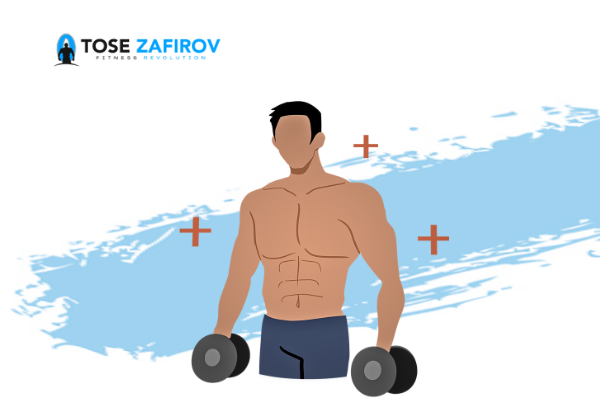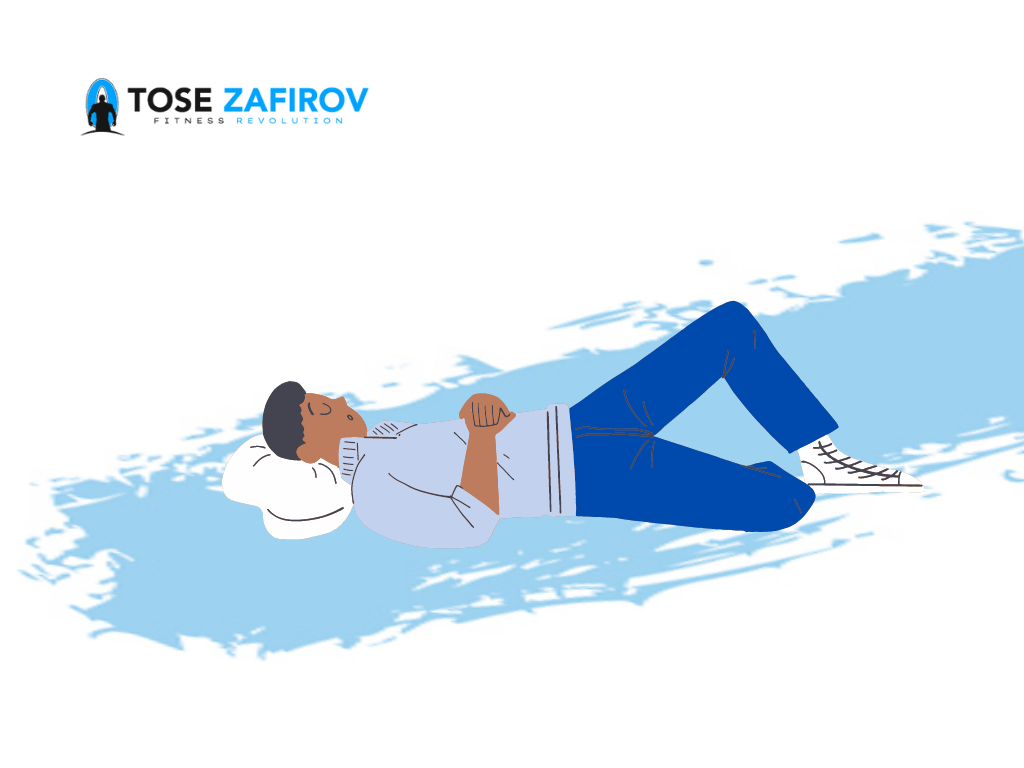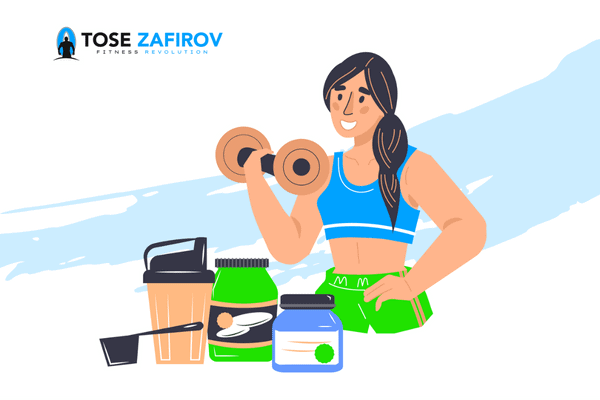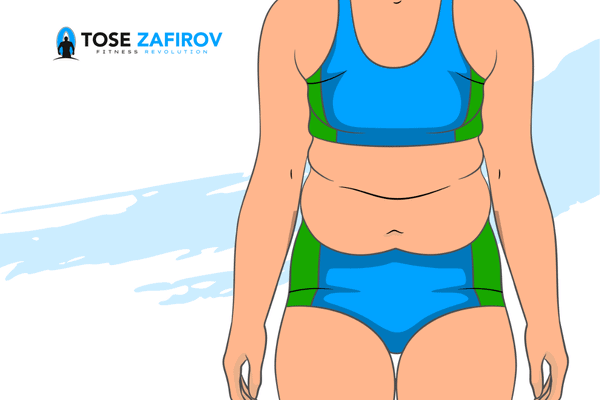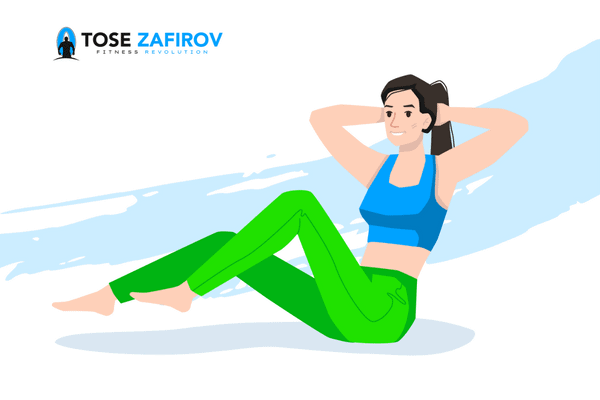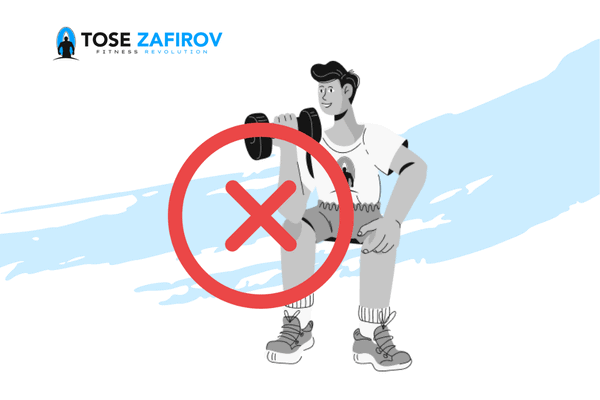How and Why to Stretch
Flexibility and stretching are crucial for our basic body plan, learning new movements, injury prevention and repair, and reducing inflammation throughout the body. There are multiple types of stretching, including static, dynamic, and ballistic stretching, and each has its own benefits. Building flexibility and engaging in specific stretching exercises can help modulate your ability to tolerate pain, both physical and emotional. Almost all of us can benefit from having some sort of understanding about flexibility and having some stretching protocol that we incorporate into our life, not just for physical performance reasons and for postural reasons, but also for cognitive and mental reasons.
Key Takeaways:
- Incorporating a stretching routine into daily life can improve flexibility, prevent injury, and reduce inflammation. It can also help increase pain tolerance, both physically and emotionally, for a well-rounded approach to overall health and wellness.
- Flexibility can be improved by understanding the neural, muscular, and connective tissues involved in stretching. Proper neuromuscular control and adequate stretch are essential for increasing flexibility without causing muscle damage.
- Regular stretching and exercise can prevent the natural decrease in limb range of motion that comes with aging. By understanding how our nervous system controls flexibility, we can improve our physical health and well-being safely and logically.
- Maintaining flexibility through regular exercise can prevent injuries, but pushing it too far can lead to acute and chronic injuries. The posterior insula in the brain plays a crucial role in regulating our physiological and emotional state.
Understanding the Components of Flexibility and Stretching
Flexibility and stretching involve three major components: neural, muscular, and connective tissues. Nervous system controls your muscles, and sensory neurons within muscles sense the amount of stretch. Therefore, there are protocols and tools through which you can increase your flexibility by leveraging mechanisms that ensure you don’t overload your muscles and damage them through weight or tension or effort. Stretching beyond a certain limit activates the spindle neurons that create a form of sensing what’s going on in the muscle and sends electrical potential along the wires into the spinal cord. This sensory neuron communicates with the motor neuron and makes sure that it contracts. Therefore, adequate stretch and proper neuromuscular control are essential for improving flexibility.
Warning
The Role of Nervous System in Limb Range of Motion and the Benefits of Stretching
Our limb range of motion is regulated by circuits in our nervous system that sense stretch and loads. These circuits activate protective mechanisms, including muscle contractions and shutting down motor neurons, to prevent excessive stretch or loads that could cause damage. However, a dedicated stretching practice can improve limb range of motion by leveraging these protective mechanisms in a safe and logical way. It’s important to note that a decrease in limb range of motion is a natural part of aging, but can be prevented with regular stretching and exercise. Understanding how our nervous system controls flexibility and stretching can help us improve our overall physical health and well-being.
The Balance between Flexibility and Injury Prevention
Maintaining flexibility and range of motion is important for injury prevention, but pushing it too far can lead to acute and chronic injuries. While there is a gradual decrease in flexibility from age 20 to 49 of about 10% every 10 years, it’s not necessarily linear. Lifestyle factors like regular yoga practice and resistance training can indirectly improve flexibility. The insula region in the brain, specifically the posterior insula, plays a crucial role in interpreting and regulating our internal somatic experiences and sensations, known as interoception. Van Economo neurons, unique to humans and some large animals, are found in the posterior insula and are essential for regulating our physiological and emotional state.
Pro Tip
Consult a fitness professional to create a customized stretching plan for your age and activity level
The Role of Van Economo Neurons in Stretching Practices
Van Economo neurons play a crucial role in our understanding of body movements, sense of pain and discomfort, and motivation. When we encounter discomfort, our decision to push through or relax through it can impact the integrity of these circuits. Relaxing into a stretch means activating parasympathetic activation and shifting the internal state of the body towards relaxation. Our brain has upper motor neurons that can override lower motor neurons and control reflexive mechanisms, like the mano synaptic stretch reflex. Understanding these neural circuits can help us make safe decisions while enhancing flexibility through stretching practices.
Understanding How Our Body Works: The Role of Neurons and Muscles.
Our body has circuits controlled by the spinal cord that allow us to perform certain actions without conscious decision-making, but we can override these reflexes by making decisions with our upper motor neurons and van Economo neurons. These neurons help us pay attention to what’s happening in our body, control our alertness or calmness in response to sensory experiences, and make decisions
about what to do with our body. The way we contract and relax different muscles in our body can affect our flexibility and range of motion. Contracting the quadriceps can relax the hamstrings, increasing our range of motion. This shows that the muscles in our body work in an antagonistic push-pull fashion, and understanding these mechanisms can help us improve our physical abilities.
Pro Tip
Learn how to consciously activate and relax specific muscle groups to enhance range of motion.
Using Contractions to Improve Muscle Flexibility
Contracting the opposite antagonistic muscle can release neural spindle reflex and increase range of motion. For instance, to stretch triceps, flexing biceps simultaneously can help. Contracting muscles can remove neural breaks and improve flexibility temporarily. Consistent stretching for several weeks can lead to changes in muscle fibers and sarcomeres, which are interdigitated thick and thin layers, respectively. This change in confirmation, not lengthening, can enhance muscle flexibility. This technique can be applied to various muscles, including larger ones like biceps, triceps, hamstrings, and quadriceps, by consciously contracting and relaxing muscles. This mechanism is due to the neural connections among joints and motor neurons, which play a crucial role in muscle activation and contraction.
Understanding Muscle Mechanics to Improve Performance
Stretching changes the relative size and spacing of muscle parts like sarcomeres and myosin and actin, and also changes the resting state of muscles. Muscle length and bellies are genetically determined and stretching can increase flexibility and range of motion. Specific adjustments can be made at both macro and micro levels to improve performance. Interleaving sets of pushing and pulling exercises for antagonistic muscles can offset the drop in the number of repetitions. By understanding the details of muscle mechanics and making small adjustments in stretching and exercise protocols, we can optimize our performance and increase our range of motion.
Note
Contracting antagonistic muscles can improve range of motion.
Different modes of stretching and interleaving push and pull exercises can enhance performance and flexibility in an efficient and safe manner.
Interleaving push and pull of entire antagonistic sets can leverage neural circuits and enhance performance, while maintaining the same amount of rest and increasing flexibility. Different modes of stretching like dynamic, ballistic, static and PNF stretching can increase limb range of motion most safely and efficiently. Dynamic stretching involves controlled movement with less momentum, whereas ballistic stretching involves swinging of the limb with more momentum. Static stretching involves holding the end range of motion with minimal momentum. Passive or active forms of static stretching can be used. It’s important to pay attention to these concepts for efficient and effective stretching and enhanced fitness.
Understanding Different Types of Stretching for Safe and Confident Limb Range of Motion Enhancement.
Static stretching, including PNF, is more effective in increasing limb range of motion than dynamic and ballistic stretching. While dynamic and ballistic stretches can be useful for improving performance in sports, they carry a risk due to momentum. It’s important to be safe and pay attention to the protocols while performing static stretches. There are four major categories of stretching: dynamic, ballistic, static and PNF stretches that can be used to target different muscle groups. It’s easy to find exercises for these stretches on YouTube and other platforms. Proprioceptive feedback is crucial in PNF type stretching. By understanding different types of stretching, one can increase range of motion safely and confidently.
Warning
Avoid overloading your routine; balance is essential.
The science behind effective static stretching.
Static stretching, including PNF, is the best way to increase limb range of motion in the long term. Holding the stretch for 30 seconds is sufficient and yields the maximum effect, but holding it for more than 30 seconds is not additionally useful. One should aim to hold static stretches for sets of at least 5 days per week for 6 weeks. Holding stretches for more than 8 sets per day did not result in any significant improvement. This gives us an idea of the specific parameters to follow while stretching and also emphasizes the importance of not overstretching or stretching all day, as that can lead to injury.
Tips for Effective Static Stretching
To maintain or improve range of motion, it is recommended to do static stretching for at least 5 minutes per muscle group, divided into sets of 30 seconds each. The frequency of stretching practice distributed throughout the week is also important, with a minimum of 5 days per week recommended. Static stretching is the preferred mode for increasing limb range of motion, with significant gains compared to ballistic or PNF protocols. The reduction in flexibility that occurs from 20 to 49 years of age can be countered by embarking on a stretching and flexibility program. Short-term neural improvements and stretch tolerance are the primary improvements in the first three weeks of stretching, with the utility of yoga also noted.
Pro Tip
Follow the recommended frequency and duration for static stretches.
Tips for Improving Limb Range of Motion and Flexibility through Stretching
To improve limb range of motion and flexibility, aim for two to four sets of 30 second static hold stretches, five days a week. The frequency of sessions distributed throughout the week correlates with the improvements in limb range of motion. There is no specific list of exercises to follow. Rather, construct a stretching program tailored to your specific goals and muscle groups. Warm up before stretching with easy cardiovascular exercise or calisthenic movements for five to ten minutes. It’s best to stretch after resistant or cardiovascular training when the body is already warm. Rest periods between stretching sets are unclear, but doubling the amount of time for the interleaving rest is doable.
Static Stretching After Warm-Up Improves Limb Range of Motion
Doing static stretching after a brief warm-up to raise your core body temperature seems to be the right way to go. Even doing 3 sets of 30-second static stretches after some other form of exercise will improve your limb range of motion. This is essential and will benefit us by offsetting the age-related losses in flexibility, improving posture, and physical performance. Though it requires a commitment of at least 5 minutes per week, getting repeated sessions for an individual muscle group turns out to be important. While the literature suggests different forms of stretching improve limb range of motion, static stretching gives the greatest degree of gains. For those who exercise or do athletics, training five days a week may not be necessary to get significant improvements in strength and hypertrophy.
Note
Static stretching after a warm-up can enhance range of motion.
Maximizing Training Efficiency and Promoting Neuromuscular Health through Stretching and Push-Pull Exercises
Maintaining good limb range of motion can promote longevity by reducing pain, improving posture, and enhancing performance. PNF stretching can leverage spindle mechanisms and GTO mechanisms to inhibit the spindles in antagonistic muscle groups, providing autogenic inhibition. Interleaving push and pull exercises can activate or near activate the GTO system in a way that provides autogenic inhibition for opposing muscle groups, making it an efficient and effective training program. By constructing protocols that incorporate static and PNF stretching with resistance training, one can achieve better results in a shorter period of time. These practices contribute to maintaining the integrity and health of the neuromuscular system, connective tissue, and neuromuscular connective network, and the efficiency of any training program.
Importance of Muscle Focus in Static Stretching
When practicing static stretching, it’s important to focus on feeling the stretch in the relevant muscle groups rather than pushing to reach a certain distance. The Anderson method emphasizes holding the end range of motion and taking into account internal and external factors that may affect range of motion on any given day. It’s crucial to feel the muscles as you stretch them, rather than just going through the motions and not getting attached to achieving a certain distance in a given session. Overall, evaluating range of motion over time is the key parameter for successful range of motion training.
Lower Intensity Stretching is More Effective for Increasing Range of Motion
Low intensity stretching is more effective than moderate intensity stretching in increasing range of motion. The study suggests that approaching the point of pain is less effective than performing stretching at an intensity that’s quite low and relaxing. Lower intensity static stretching appears to be the most beneficial way to approach stretching. It reduces the injury risk and improves reciprocal inhibition within the muscle groups. Low intensity stretching accesses some of the spindle and GTO type mechanisms, making it effective. The study’s findings come as a relief to those who want to embark on a flexibility and stretching training program. One can perform stretching at an intensity that feels not painful and yet be effective in increasing range of motion.
The Benefits of Ballistic and Static Stretching
The debate on whether to do ballistic or static stretching before exercise is split, but there are instances where static stretching is useful, such as increasing limb range of motion to overcome neuromuscular limitations or to improve stability within a movement. Similarly, doing dynamic or ballistic stretching prior to exercise can provide benefits by warming up neural circuits, joints, and connective tissue for improved performance. It’s important to consider your specific goals for the training session to decide the type of stretching to do. Stretching can also help with relaxation, reducing inflammation, and preventing cancer. Serious science in mechanistic exploration is being conducted to evolve new protocols for respiration, meditation, yoga, and acupuncture.
The Benefits of Daily Stretching and Yoga Practice
Stretching daily for 10 minutes can reduce local inflammation and fibrosis. In mice with induced tumors, daily stretching for four weeks led to a 52% reduction in tumor volume without any other form of therapy. The stretching didn’t directly act to reduce tumor size, but it affected certain pathways related to the immune system that allowed the immune system to combat tumor growth to a significant degree. Relaxation induced by stretching can have a powerful influence on memory tumor growth. Additionally, a study found that yoga practitioners have increased pain tolerance mediated by the insula, the part of the brain that handles our internal landscape. Yoga may reduce pain perception by improving the function of the insula.
The Benefits of Yoga on Pain, Flexibility, and Interoceptive Awareness.
Practicing yoga can reshape the way the nervous system deals with pain, flexibility, and interoceptive awareness. Yoga practitioners have double the pain tolerance of non-practitioners, and their gray matter volume in the insula, associated with interoceptive awareness, increases with the duration of their practice. Yoga not only teaches movements but also helps control the nervous system in a way that can leverage and overcome pain through breathing, relaxation, and mental strategies such as positive imagery. Practicing yoga involves pushing into the end ranges of motion and discomfort, but it should be done in a healthy and safe way. The study shows that subjective experiences during pain tolerance tasks differ for yoga practitioners and non-practitioners, indicating that yoga’s mental work can be effective in dealing with pain.
Pro Tip
Use yoga as a holistic approach to physical and mental well-being.
The Benefits and Techniques of Yoga and Stretching
Yoga can improve mental functioning related to pain tolerance and stress management, in addition to increasing limb range of motion and flexibility. Static stretching at low intensity (30-40% of pain threshold) and at least 5 minutes per week for a muscle group can create meaningful lasting changes in range of motion. It is best achieved with 5-7 day protocols consisting of three sets of 30-60 second static holds. Other forms of stretching (PNF, dynamic, ballistic) can also be effective for improving range of motion for specific types of work. Embarking on such practices can improve one’s internal awareness, pain thresholds, and stress management that may impact other areas of life.
Bottom Line:
Incorporating stretching into your daily routine is not just about physical performance and posture; it’s a holistic approach to improving overall health, well-being, and even cognitive function. Understanding the science behind flexibility and the role of the nervous system can help you stretch safely and effectively. Remember to strike a balance, avoid overstretching, and consider consulting a fitness professional for a customized plan that suits your age and activity level.

